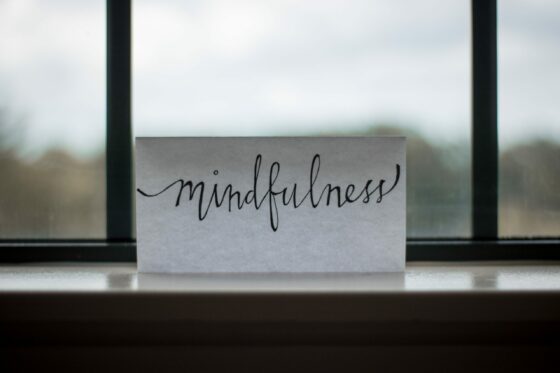
Blog
Nurturing a Child’s Mental Health through Simple Mindfulness Techniques
When we think about healing, many of us focus only on our physical bodies. In reality, there is a great deal of research showing our

When we think about healing, many of us focus only on our physical bodies. In reality, there is a great deal of research showing our

Stress is running high right now. Everyone is feeling it, whether it’s a change in our everyday routines, being worried about a loved one, or

As a parent, we are often looking for things to do with our children during the long summer months when they are out of school




Join our community to get the latest tips, exclusive offers, and updates straight to your inbox. Don’t miss out—subscribe now and be the first to know!